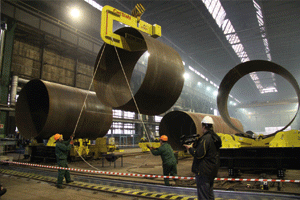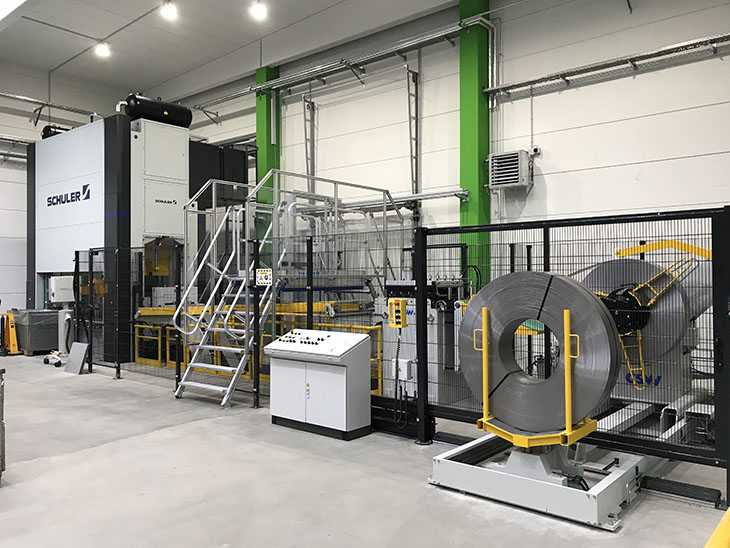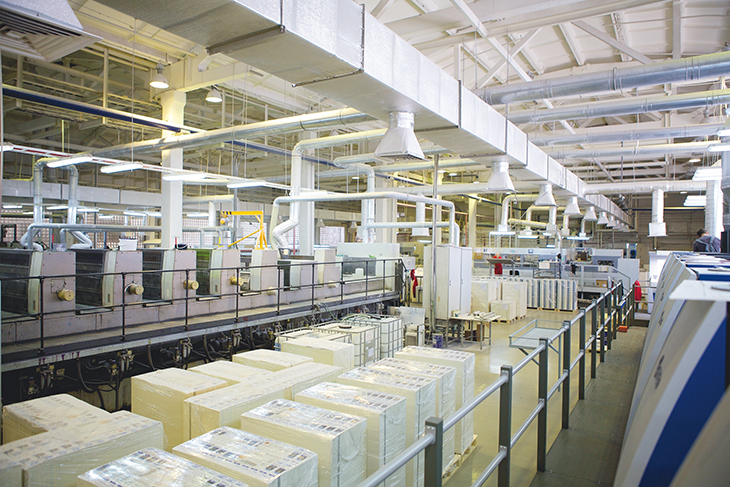Construction costs can quickly get out of hand for builders and future homeowners alike. However, they can become manageable when people follow some best practices.
Don’t Rush the Planning Process
Construction industry professionals often face unnecessary pressure when speaking with clients who want everything finished as quickly as possible. Similarly, people feeling excited about having their new residences built may get overeager about getting construction started.
However, thorough planning is vital to getting accurate cost estimates, understanding which aspects might be more expensive than expected and how people can save money without sacrificing quality, safety or longevity.
People must take their time to carefully consider all relevant factors, including the obstacles that may arise. Thinking about difficulties in advance and how to deal with them if needed can help curb the extra spending that often happens when people feel panicked or caught off-guard by a situation.
Be Prepared to Compromise With Materials
Rising materials costs and volatility mean people can’t necessarily get all the materials they need within the timeframes they expect. Coverage from Construction Dive showed that concrete has had a 13.5% year-over-year price increase while showing moderate volatility and longer lead times. Similarly, gypsum product prices rose by 18.9%, with high volatility and increasing lead times.
This situation means some people must prepare to expand their construction budgets to deal with price fluctuations. In some cases, the best response will be to look for other options that are less expensive and more widely available. Alternatively, people may create flexibility in the construction schedule to reprioritize tasks while waiting for materials to arrive.
Homeowners hit with materials unavailability should ask construction professionals how they’ve handled similar situations. Their real-world insights will help people feel more confident about having to do things differently than anticipated.
Put Safety at the Forefront
Overlooking safety can quickly make costs balloon. This problem could cause worker shortages, higher insurance costs and other unwanted scenarios, depending on the extent of the shortcomings.
People must familiarize themselves with all relevant safety requirements and act accordingly. For example, scaffolding must bear at least four times the maximum weight added by workers and equipment. That requirement is in addition to ensuring the structure can remain standing under its weight. Since safety requirements can be so specific across different areas of construction sites, people must also perform regular safety audits, checking that everything is as expected with no excessive risks.
Having construction workers use smart wearables could also help. Many options detect falls or overexertion, making site managers more aware of accidents or possible problems. Some companies also sell linked items for improved effectiveness.
For example, a heavy equipment operator may use a safety wearable that vibrates and makes a noise when someone gets too close. However, the person near the equipment may also have a high-visibility vest that lights up, giving the operator an additional warning they can see.
Anticipate Labor-Related Challenges
Data from Associated Builders and Contractors expects people will need to find 546,000 construction workers on top of their normal hiring in 2023. That’s due to a combination of factors, including a large number of workers retiring and difficulties in attracting new people to the industry.
Even if construction managers have all the workers they need now, being proactive can help them keep future costs reasonable while protecting profits. When construction companies need more workers, they often must extend timelines or turn down projects. The first problem can make construction projects cost more than expected, while the second restricts construction companies from profit potential.
Making the roles more appealing by increasing pay and benefits is one way to conquer this issue. However, people should also target people looking for employment who see the construction industry as a possibility. Using social media posts and other engaging content to give people a glimpse into the day-to-day work could raise their curiosity and make them more open to exploring the option.
Know What Makes Construction Costs Fluctuate
Labor and materials comprise most of the overall construction expenses. Those depend on supply and demand within the local area. However, the price to build a home also varies significantly depending on its size and location.
People should figure out the must-have aspects of their upcoming construction costs, then look for ways to save elsewhere. For example, a homeowner might choose a hard-to-find material for their bathroom but decide on an overall smaller residence size to make the costs even out.
Unexpected events, such as natural disasters or prolonged stretches of bad weather, can also increase construction costs. Doing things like ensuring the construction happens in the warmer months if the area often gets lots of snow in the winter can make a substantial difference in the costs.
Stay Aware of Industry Changes
Besides following the suggestions here, people who need to pay for or manage construction costs should remain abreast of broad trends in the industry that could affect expenses. Then, they can take that recently acquired information and use it to be more responsive and prepared.























